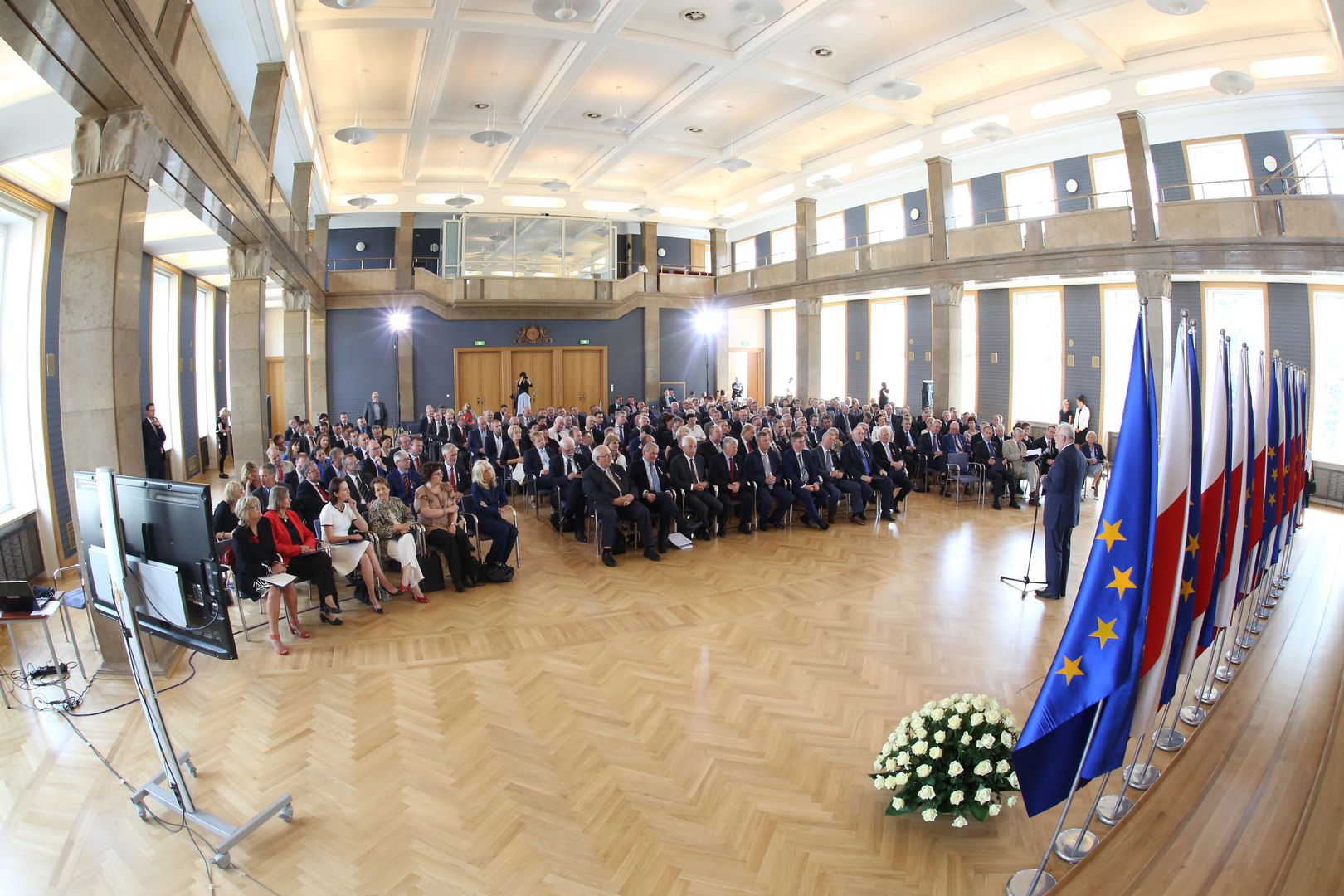The Chancellery of the Prime Minister
6.06

Overview
The building of the Chancellery of the Prime Minister in Warsaw, originally constructed in 1900 as the complex of the Suvorov Cadet Corps barracks, is an example of Neorenaissance architecture. Designed by Wiktor Junosza-Piotrowski, the building underwent numerous reconstructions, including in 1926, when it became the seat of the Infantry Officer School. Its architecture is distinguished by its E-shaped layout and the central Column Hall, which can accommodate 1,000 people. After World War II, the building became the seat of the Council of State and the Office of the Council of Ministers, and interesting interior finishing elements, such as sculptures and wrought iron details, give it a representative character. From 1953 to 1996, it housed the Office of the Council of Ministers, and since 1997, it has been the seat of the Chancellery of the Prime Minister. Throughout its history, the building witnessed significant events, including the May Coup of 1926 and the Siege of Warsaw in 1939, when it was used as a field hospital. During the Warsaw Uprising, the building suffered significant damage. Rebuilt between 1947 and 1949, it received the State Award in 1949. The building hosts weekly meetings of the Council of Ministers, and its interiors conceal elements important to Polish culture, such as halls named after prominent figures, including Tadeusz Mazowiecki and Andrzej Frycz Modrzewski. In recent years, new commemorative elements have been added, such as the bust of Tadeusz Mazowiecki and the monument to Jan Olszewski. In 1995, the building was entered into the register of historical monuments, highlighting its significance as an important example of representative architecture in Warsaw.
Location
Tickets
Powered by GetYourGuide
2025 Wizytor | All Rights Reserved